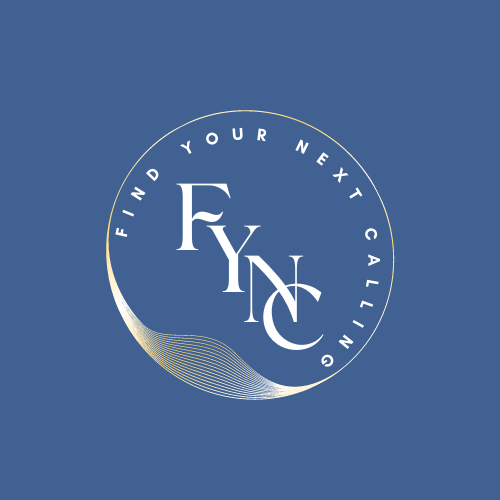From “Doing Good Better: How Effective Altruism Can Help You Help Others, Do Work that Matters, and Make Smarter Choices About Giving Back” by William Macaskill
The five key questions of effective altruism.
- How many people benefit, and by how much? Like James Orbinski, the doctor who engaged in triage during the Rwandan genocide, we need to make hard decisions about who we help and who we don’t; that means thinking about how much benefit is provided by different activities. The quality-adjusted life year, or QALY, allows us to compare the impact of different sorts of health programs.
- Is this the most effective thing you can do? The very best health and education programs are hundreds of times better than “merely” very good programs. Smallpox eradication did so much good that it alone shows development aid to be highly cost-effective on average.
- Is this area neglected? Natural disasters get far more funding than ongoing causes of death and suffering such as disease; for that reason, disaster relief usually isn’t the most effective use of funds. Diseases, like malaria, that affect people in the developing world get far less funding than conditions like cancer; for that reason you have a much bigger impact treating people with malaria than with cancer.
- What would have happened otherwise? After going through Scared Straight, juveniles were more likely to commit crimes than they have been otherwise, so the program did harm overall. In careers like medicine, you’re sometimes simply doing good work that would have happened anyway; if you earn to give, however, you make a difference that wouldn’t otherwise have occurred.
- What are the chances of success, and how good would success be? Some activities – such as voting, entering politics, campaigning for systemic change, or mitigating risks of global catastrophe – are effective not because they’re likely to make a difference but because their impact is so great if they do make a difference.
